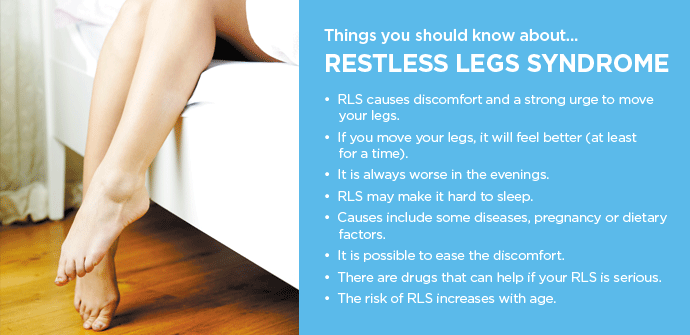Restless leg syndrome (RLS) is a condition that affects a significant percentage of pregnant women. It is characterized by an uncomfortable sensation in the legs, which can be described as a crawling or tingling feeling, and an irresistible urge to move the legs. The symptoms of RLS can interfere with sleep and affect the quality of life of pregnant women. If you are experiencing RLS during pregnancy, there are several things you can do to manage the symptoms and improve your quality of life. In this article, we will discuss how to stop restless leg syndrome during pregnancy.
What Causes Restless Leg Syndrome During Pregnancy?
The exact cause of RLS during pregnancy is not fully understood. However, there are several factors that are believed to contribute to the development of RLS during pregnancy, including:
- Hormonal changes: During pregnancy, the levels of hormones in the body, such as estrogen and progesterone, fluctuate significantly. These hormonal changes can affect the nervous system and contribute to the development of RLS.
- Iron deficiency: Iron is essential for the production of dopamine, a neurotransmitter that plays a key role in regulating movement. Pregnant women are at an increased risk of iron deficiency due to the increased demands of the growing fetus. Iron deficiency can contribute to the development of RLS.
- Genetics: RLS has a strong genetic component, and pregnant women with a family history of RLS are more likely to develop the condition.
How to Stop Restless Leg Syndrome During Pregnancy
- Exercise
Regular exercise is an effective way to manage the symptoms of RLS during pregnancy. Exercise helps to improve circulation, reduce stress and tension in the muscles, and release endorphins, which are natural painkillers. Low-impact exercises such as yoga, swimming, and walking are recommended for pregnant women.
- Massage
Massaging the legs can help to improve circulation and reduce tension in the muscles, which can help to alleviate the symptoms of RLS. Use a firm but gentle pressure to massage the legs, starting from the feet and working your way up to the thighs.
- Hot or Cold Compresses
Applying hot or cold compresses to the legs can help to relieve the symptoms of RLS. Use a hot water bottle or a heating pad to apply heat to the legs or use a cold pack to reduce inflammation and numb the area.
- Avoid Triggers
Identifying and avoiding triggers that can worsen the symptoms of RLS is an effective way to manage the condition. Common triggers include caffeine, alcohol, and tobacco. Try to limit your consumption of these substances or avoid them altogether.
- Iron Supplements
Iron deficiency is a common cause of RLS during pregnancy. Taking iron supplements can help to increase the levels of iron in the body and alleviate the symptoms of RLS. Speak to your healthcare provider about the appropriate dose and duration of iron supplements.
- Stretching
Stretching the legs can help to reduce tension in the muscles and alleviate the symptoms of RLS. Simple stretches such as pointing and flexing the toes, rotating the ankles, and bending and extending the knees can be done while sitting or lying down.
- Good Sleep Habits
Maintaining good sleep habits can help to reduce the symptoms of RLS during pregnancy. Avoid caffeine and other stimulants before bedtime, establish a regular sleep schedule, and create a comfortable sleep environment.
- Medications
In severe cases of RLS, medications may be prescribed to alleviate the symptoms. However, it is important to note that some medications may be unsafe during pregnancy, and it is essential to speak to your healthcare provider before taking any medications.






























